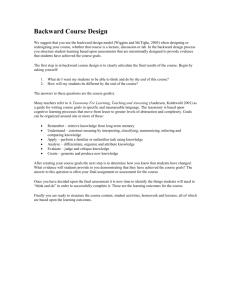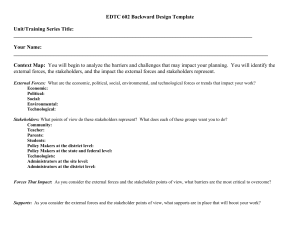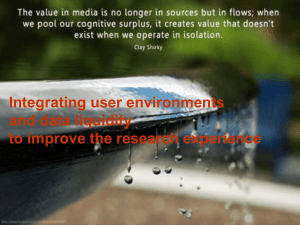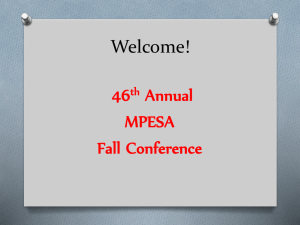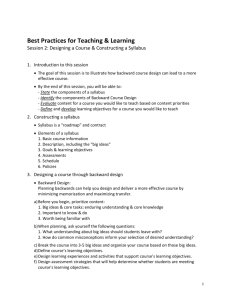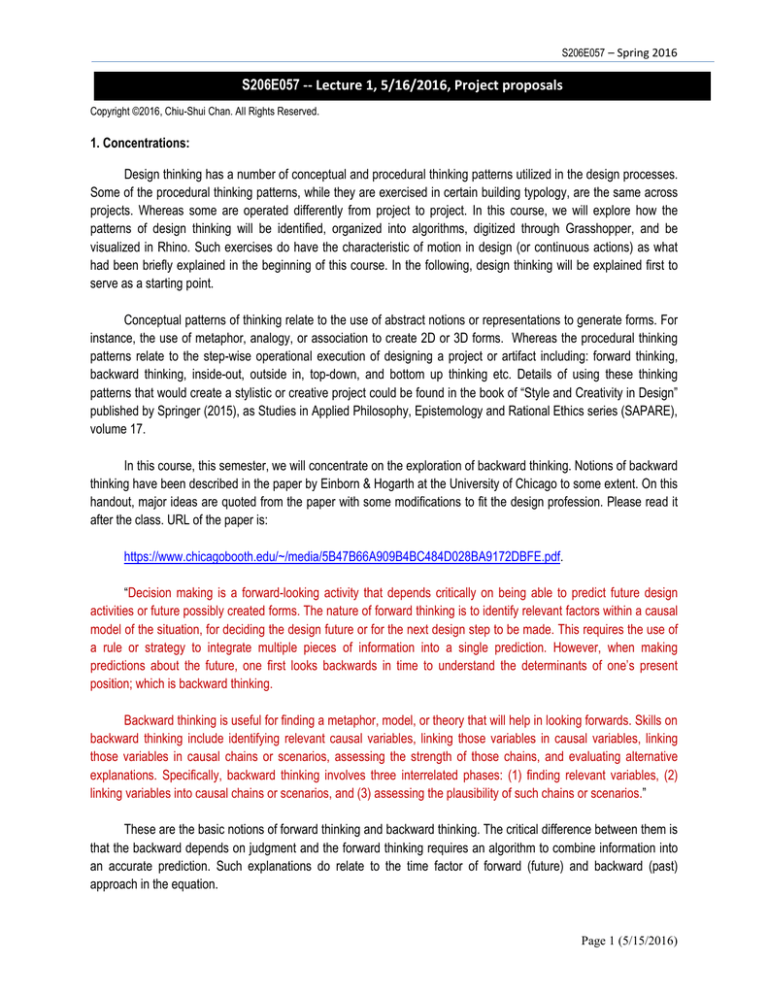
S206E057 – Spring 2016
S206E057 -- Lecture 1, 5/16/2016, Project proposals
Copyright ©2016, Chiu-Shui Chan. All Rights Reserved.
1. Concentrations:
Design thinking has a number of conceptual and procedural thinking patterns utilized in the design processes.
Some of the procedural thinking patterns, while they are exercised in certain building typology, are the same across
projects. Whereas some are operated differently from project to project. In this course, we will explore how the
patterns of design thinking will be identified, organized into algorithms, digitized through Grasshopper, and be
visualized in Rhino. Such exercises do have the characteristic of motion in design (or continuous actions) as what
had been briefly explained in the beginning of this course. In the following, design thinking will be explained first to
serve as a starting point.
Conceptual patterns of thinking relate to the use of abstract notions or representations to generate forms. For
instance, the use of metaphor, analogy, or association to create 2D or 3D forms. Whereas the procedural thinking
patterns relate to the step-wise operational execution of designing a project or artifact including: forward thinking,
backward thinking, inside-out, outside in, top-down, and bottom up thinking etc. Details of using these thinking
patterns that would create a stylistic or creative project could be found in the book of “Style and Creativity in Design”
published by Springer (2015), as Studies in Applied Philosophy, Epistemology and Rational Ethics series (SAPARE),
volume 17.
In this course, this semester, we will concentrate on the exploration of backward thinking. Notions of backward
thinking have been described in the paper by Einborn & Hogarth at the University of Chicago to some extent. On this
handout, major ideas are quoted from the paper with some modifications to fit the design profession. Please read it
after the class. URL of the paper is:
https://www.chicagobooth.edu/~/media/5B47B66A909B4BC484D028BA9172DBFE.pdf.
“Decision making is a forward-looking activity that depends critically on being able to predict future design
activities or future possibly created forms. The nature of forward thinking is to identify relevant factors within a causal
model of the situation, for deciding the design future or for the next design step to be made. This requires the use of
a rule or strategy to integrate multiple pieces of information into a single prediction. However, when making
predictions about the future, one first looks backwards in time to understand the determinants of one’s present
position; which is backward thinking.
Backward thinking is useful for finding a metaphor, model, or theory that will help in looking forwards. Skills on
backward thinking include identifying relevant causal variables, linking those variables in causal variables, linking
those variables in causal chains or scenarios, assessing the strength of those chains, and evaluating alternative
explanations. Specifically, backward thinking involves three interrelated phases: (1) finding relevant variables, (2)
linking variables into causal chains or scenarios, and (3) assessing the plausibility of such chains or scenarios.”
These are the basic notions of forward thinking and backward thinking. The critical difference between them is
that the backward depends on judgment and the forward thinking requires an algorithm to combine information into
an accurate prediction. Such explanations do relate to the time factor of forward (future) and backward (past)
approach in the equation.
Page 1 (5/15/2016)
S206E057 – Spring 2016
2. Backward thinking in design:
This semester, we will work on such a thinking pattern exercise from projecting the thinking pattern into the
Rhino (creating a digital model) through implementing the backward thinking pattern (that has the design
algorithm generated) via grasshopper programming.
In fact, the backward thinking pattern will generate a design algorithm. The grasshopper will implement the
algorithm in Rhino to generate the design. More details will be explained later. Yet, the major tasks are listed in the
following.
3. Tasks:
Major tasks and notions of backward thinking include the following procedures.
1. Think about an imagined building form (or identify a building project).
2. Find relevant variables to present the graphic generation of the building volume (either the structure or the
envelope, or say the skin, of the building).
3. Organize these variables into sequential steps of creation.
4. Test the variables and steps of procedures in Rhino for form generation.
5. These variables and steps (combined systematically) are the methods used to create the design form,
which, in all, is called the design algorithm.
6. Execute the algorithm in grasshopper to verify the feasibility of the design algorithm you created. Such a
generative algorithm will be and could be used in other designs as the design generative tool.
4. Note:
Please think carefully about the form that you want to create (or identify the building project you want to study), which
shall be the form of your final project and as the first step to work on the final project.
5. Selection of the Final project:
Rhino system is very good for making organic forms, and it has a better capacity to create free forms. As such, it
would be a good idea to fully utilize such a nice power to work on curves and structural elements. Thus, please keep
in mind that it is a good idea to work on non-linear building typology. Yet, please don’t be too aggressive under the
assumption that your knowledge on Rhino is a beginning level. Otherwise, the modeling processes and Grasshopper
programming stages would have challenges on figure out the formulas to be utilized through “Math” applications. So,
modest level of complexity will be much better while you are selecting the final project. Of course, Frank Gehry’s
design is not a good selection, it is because of that the forms generated by his firm are supper complicate.
Page 2 (5/15/2016)

